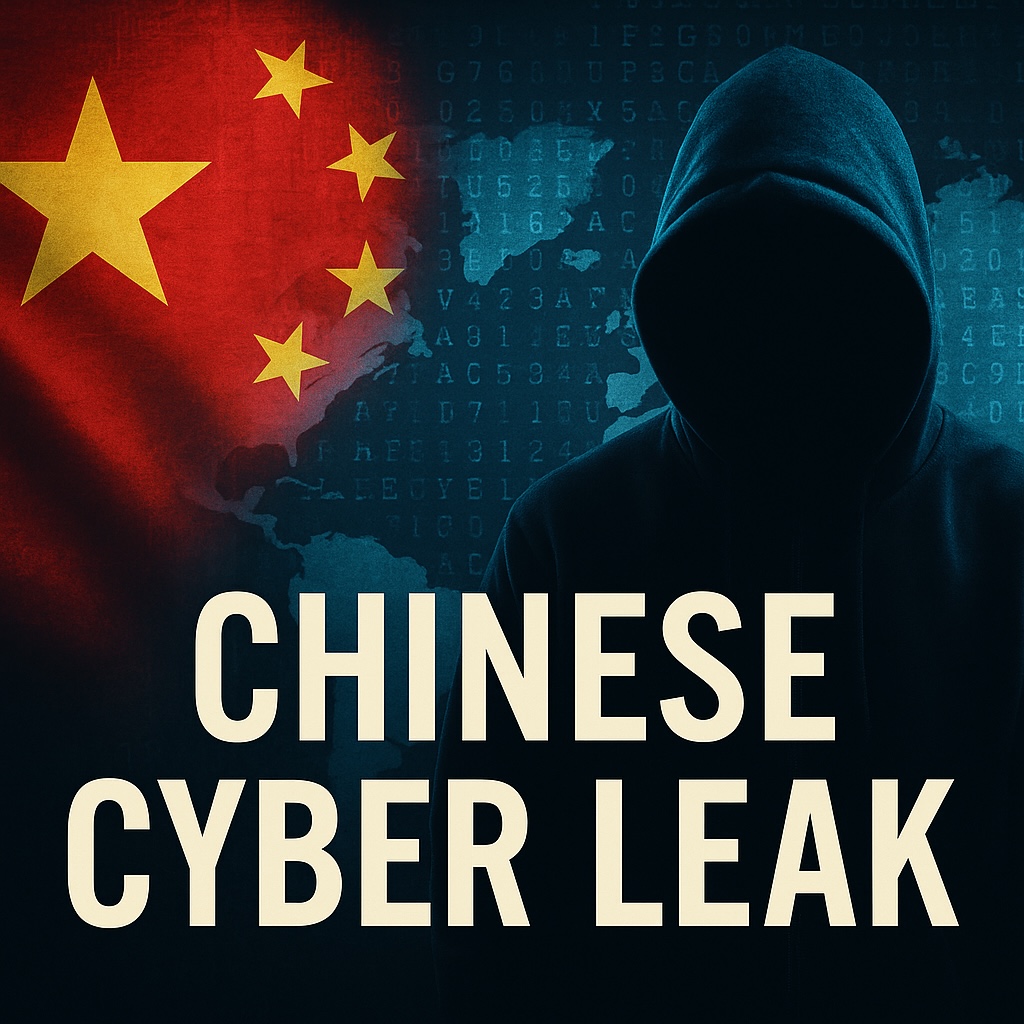Inside a Chinese Cyber Leak That Exposed a Global Espionage Machine
A major breach at a Chinese cybersecurity contractor has quietly become one of the most revealing cyber-espionage events in years. More than 12,000 internal files from Knownsec — a Beijing-based firm long rumored to work closely with government intelligence units — briefly surfaced online before they were swiftly removed.
What researchers captured in that short window paints a striking picture of how modern state-linked hacking operations are really built.
The leaked materials describe a broad inventory of offensive cyber tools: remote-access implants that run across Windows, Mac, Linux, iOS, and Android; custom malware for long-term surveillance; and even a weaponized “power bank” designed to infiltrate systems through everyday hardware. It’s the kind of capability set usually associated with nation-state operators, not a nominally private company.
Even more unsettling were references to overseas targets. The documents point to a wide-ranging collection effort touching telecom operators, immigration systems, government agencies, and private networks across Asia, Europe, and Africa. While the raw archive is no longer publicly accessible, multiple analysts who reviewed portions of it reported consistent details about the scale and geographic breadth.
Taken together, the leak highlights an increasingly common arrangement in the global intelligence landscape: government agencies outsourcing sensitive cyber-operations to external contractors. These firms—publicly positioned as security vendors—operate in a gray zone where defensive tools, offensive capabilities, and state priorities blend together.

It’s a model that offers speed, plausible deniability, and a deep buffer of obscurity. It also creates considerable risk for organizations that unknowingly interact with such companies or their hardware supply chains.
The presence of a malicious hardware device in the leak is a reminder that the supply chain is now inseparable from cybersecurity. Everything from a simple charging accessory to enterprise-grade hardware can become part of an infiltration pipeline. For companies operating internationally, especially those sourcing equipment through distributors or OEM networks in high-risk jurisdictions, this is an area that demands renewed attention.
What makes this breach particularly relevant is how it aligns with previous incidents, such as the I-Soon disclosures in 2024. Those leaks also exposed a private firm conducting government-directed espionage under commercial cover. The Knownsec material suggests that this wasn’t an isolated case — it may be a systemic feature of China’s cyber-operations architecture.
The larger question raised by the Knownsec breach is one of transparency. If cybersecurity vendors can simultaneously build security products and state-grade intrusion tools, the line between protection and exploitation becomes dangerously thin. For enterprises, governments, and investigators, the lesson is clear: trust must be earned through visibility, not assumed through branding.
The leak may fade from headlines, but its implications won’t. It’s a rare look behind the curtain — a glimpse at how cyber power is actually exercised, and how deeply it now depends on private contractors, global supply chains, and tools designed to live quietly inside the world’s most critical systems.

